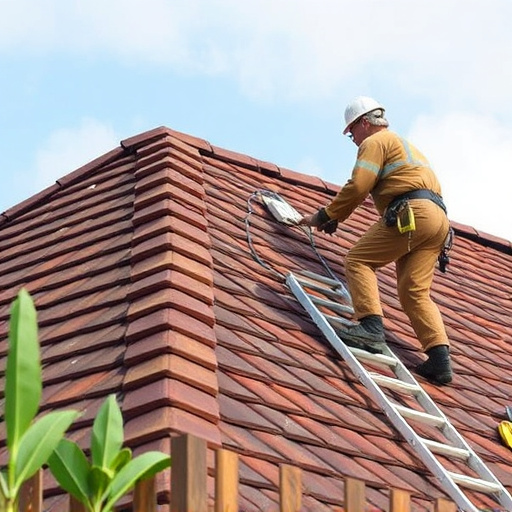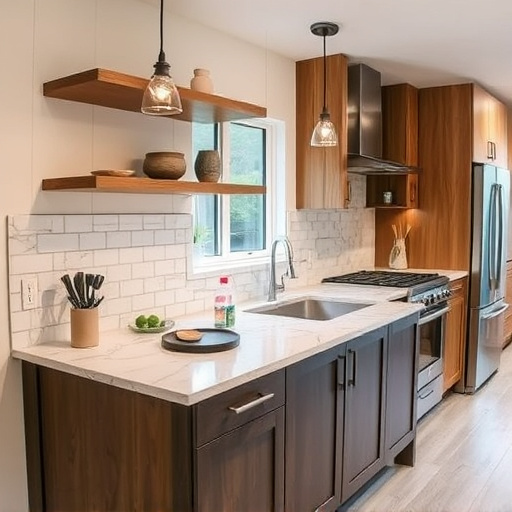Successful tile flooring requires meticulous planning, starting with accurate measurements and aesthetic research. Homeowners should assess project scope, prepare floors properly, and set realistic timelines/budgets. Engaging professionals ensures a durable, aesthetically pleasing finish, avoiding delays, overruns, and costly repairs. Keyword: tile flooring.
“Thinking of tackling a tile flooring project? Avoid common pitfalls with our comprehensive guide. From initial planning to long-term care, we break down critical mistakes to steer clear of. Discover why misjudging project scope, inadequate floor preparation, and lacking design vision can hamper your efforts. Learn about optimal installation techniques, from spacing to adhesives, and the art of a dry fit. Plus, explore essential aftercare tips, including sealing, cleaning routines, and damage prevention, to ensure your tile flooring stands the test of time. Elevate your DIY game with these must-know insights for successful tile flooring.”
Planning and Preparation

Proper planning and preparation are the cornerstones of any successful tile flooring project. Before breaking ground, invest time in understanding your space and defining your vision. This involves assessing the layout, measuring rooms accurately, and determining the type of tiles that align with your aesthetic preferences and budget. Researching different tile options, considering factors like durability and water resistance, is essential, especially for spaces prone to moisture, such as bathrooms or kitchens.
Additionally, preparing the subfloor meticulously ensures long-lasting results. Whether it’s a home renovation or a bathroom remodel, addressing any issues with the existing surface—like repairing uneven floors or adding underlayment—is crucial. Proper planning also involves setting a realistic timeline and allocating funds for unexpected expenses, ensuring your project stays on track and within budget.
– Misjudging the scope of the project

Many homeowners often underestimate the scope and complexity of tile flooring projects. When planning a renovation, it’s easy to get carried away by the visual appeal of different tiles and overlook the underlying work required. A common mistake is assuming that laying tiles is a straightforward process, especially when trying to achieve a customized home renovation. However, tile flooring involves careful measurements, intricate cuts, and precise installations, particularly in tight spaces or unique floor plans. Misjudging the time and effort needed can lead to delays and budget overruns, causing frustration for both DIY enthusiasts and professional contractors alike.
To avoid this pitfall, homeowners should thoroughly assess their project’s scope before beginning. This includes evaluating the area to be tiled, considering any necessary floor replacements, and factoring in the complexity of the design or layout changes they wish to implement. Engaging with experienced renovation services can provide valuable insights and ensure a smoother process, allowing for a successful tile flooring installation that meets individual aesthetic and functional expectations.
– Inadequate floor preparation

Before laying down any tile flooring, proper preparation is key to a successful installation. One of the most common mistakes homeowners make is neglecting this crucial step. Floor preparation involves more than just cleaning; it entails removing old flooring, repairing any damage, and ensuring the surface is level and smooth. Ignoring these steps can lead to uneven tiles, gaps between them, and even damage to the subfloor. A poorly prepared floor can result in an unappealing finish that requires costly repairs later on, impacting both the aesthetics of your space and your budget.
Inadequate preparation can also compromise the durability of your new tile flooring, particularly in high-moisture areas like bathrooms and kitchens. Sealing and priming the subfloor are essential to prevent moisture infiltration, which can cause tiles to loosen or become discolored. In the world of home transformations and remodeling, these details make all the difference between a job well done and one that requires constant maintenance and repairs.
When embarking on a tile flooring project, being aware of common pitfalls is key to achieving a flawless result. By carefully planning and preparing, you can avoid mistakes like misjudging the project scope or neglecting floor preparation, ensuring a smooth and successful installation every time. Remember, proper preparation is the foundation for any great tile flooring job.














